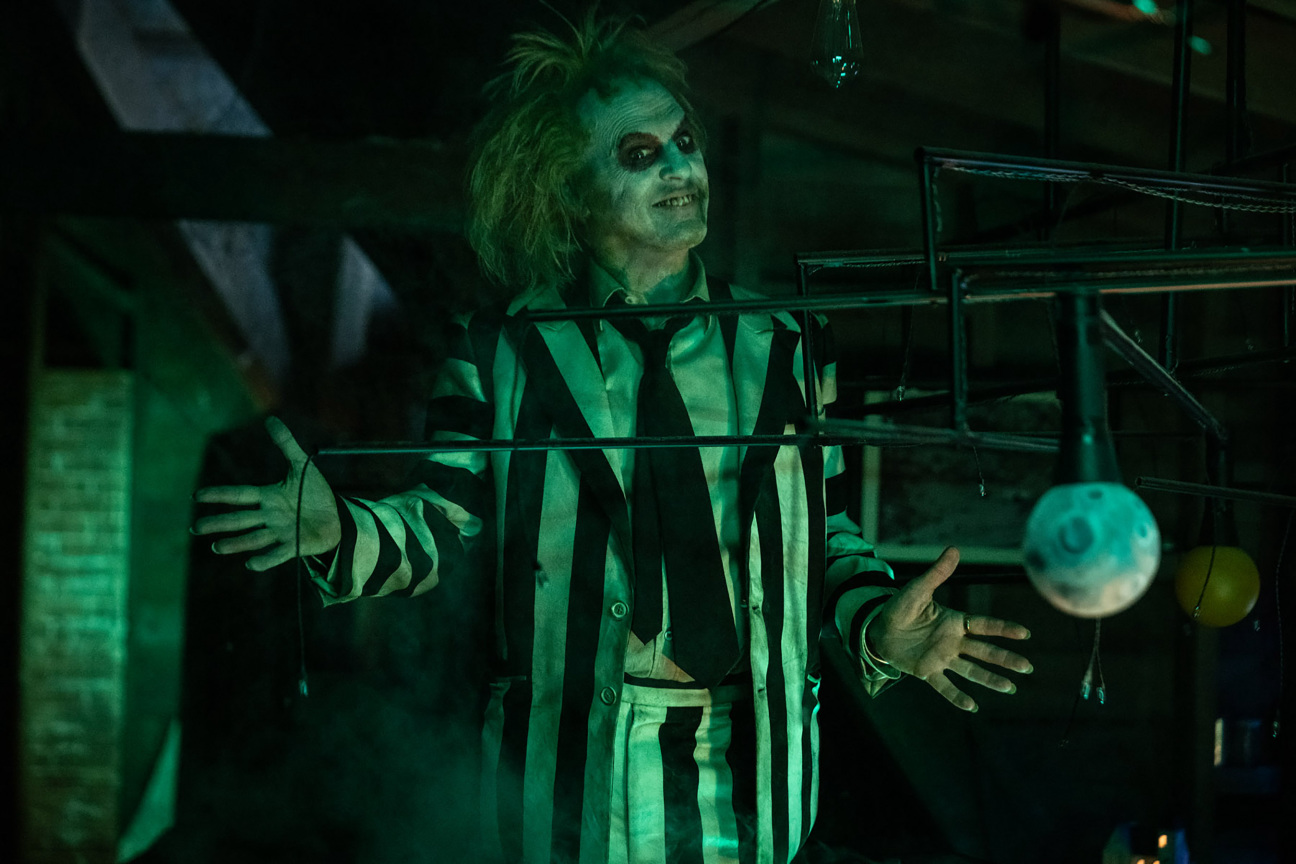
In the 36 years since the release of Tim Burton’s Beetlejuice, Winona Ryder’s young character has grown up and had a daughter of her own—played by Jenna Ortega in this year’s sequel. To bring the film’s fantastical characters to life, Burton tapped his longtime costume designer and four-time Academy Award winner Colleen Atwood.
Since their work on 1990’s Edward Scissorhands, the two have paired up for Sleepy Hollow, Sweeney Todd, Alice in Wonderland, Dark Shadows, and Wednesday (also with Ortega). For this sequel, Atwood was tasked with the recreation of one of Halloween’s most enduring costumes, and one of the season’s most iconic late-night films. Here, she discusses her decades-long collaboration with Burton and how she remade Michael Keaton’s infamous striped suit.
CULTURED: How has your working relationship with Tim Burton developed over the course of your career? How have you been able to push each other creatively?
Colleen Atwood: Tim and I have developed a shorthand as we have worked together on so many fun things. Creatively I always strive to come up with the new, to push myself creatively and I feel Tim does as well, on many levels.
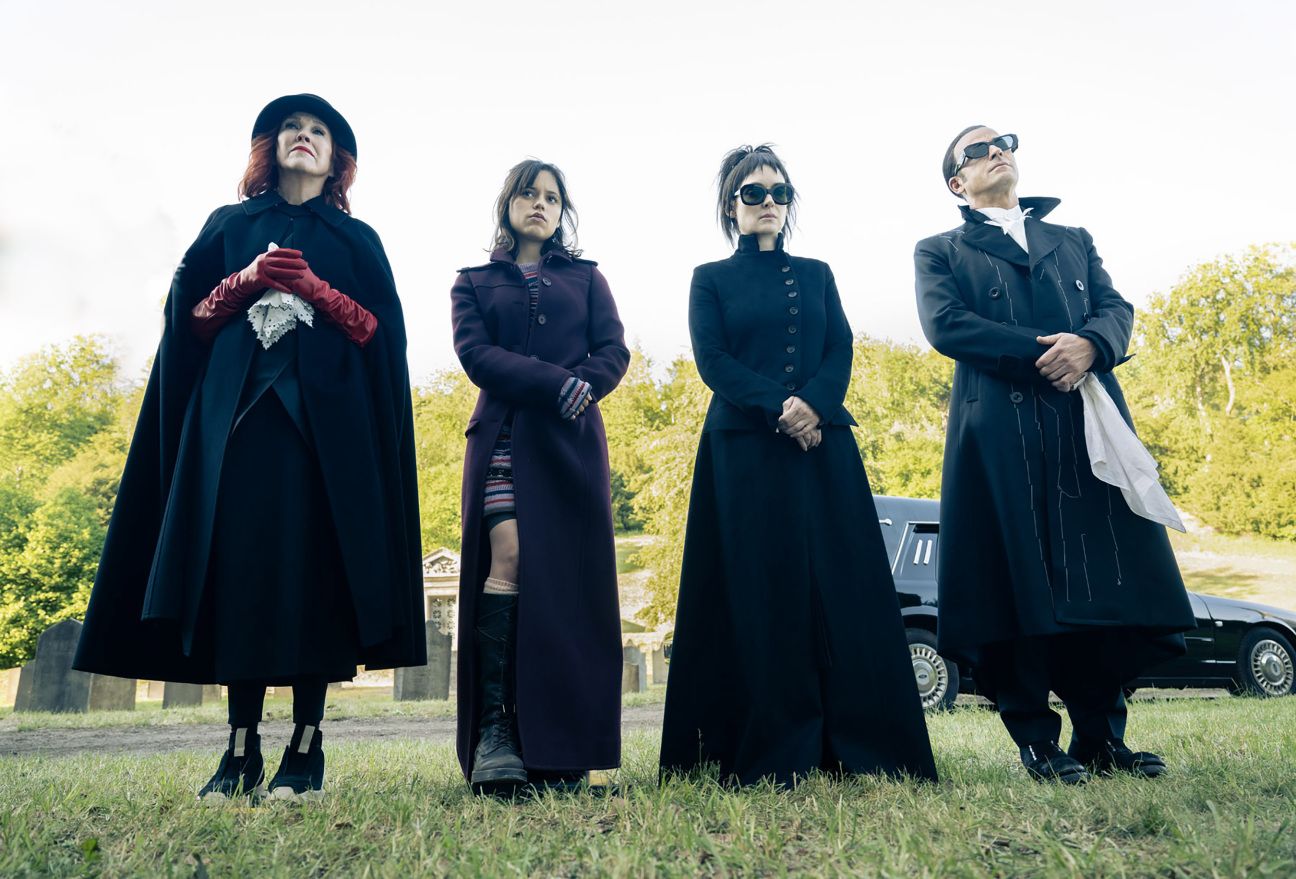
CULTURED: Can you tell us about any early conversations you had with Burton or the actors about setting the tone for the project?
Atwood: As we begin a project, Tim describes what he wants to do with story and character, I then gather images, fabrics, and swatches for his reaction. Once we have settled on these ideas, we meet with actors and start the fitting process. When I met with Michael, we talked about “the suit,” keeping it honest, but the idea that the character has gotten a little older is reflected in the fit of the suit and its aging.
CULTURED: Burton’s films have such a distinct aesthetic. How would you describe it, and how do you see the role of costuming in fleshing that world out?
Atwood: Tim visually uses the empty space and unique angles to create his style of framing. For me, it is making sure the costume can be used in a sculptural way as well as in close-ups.
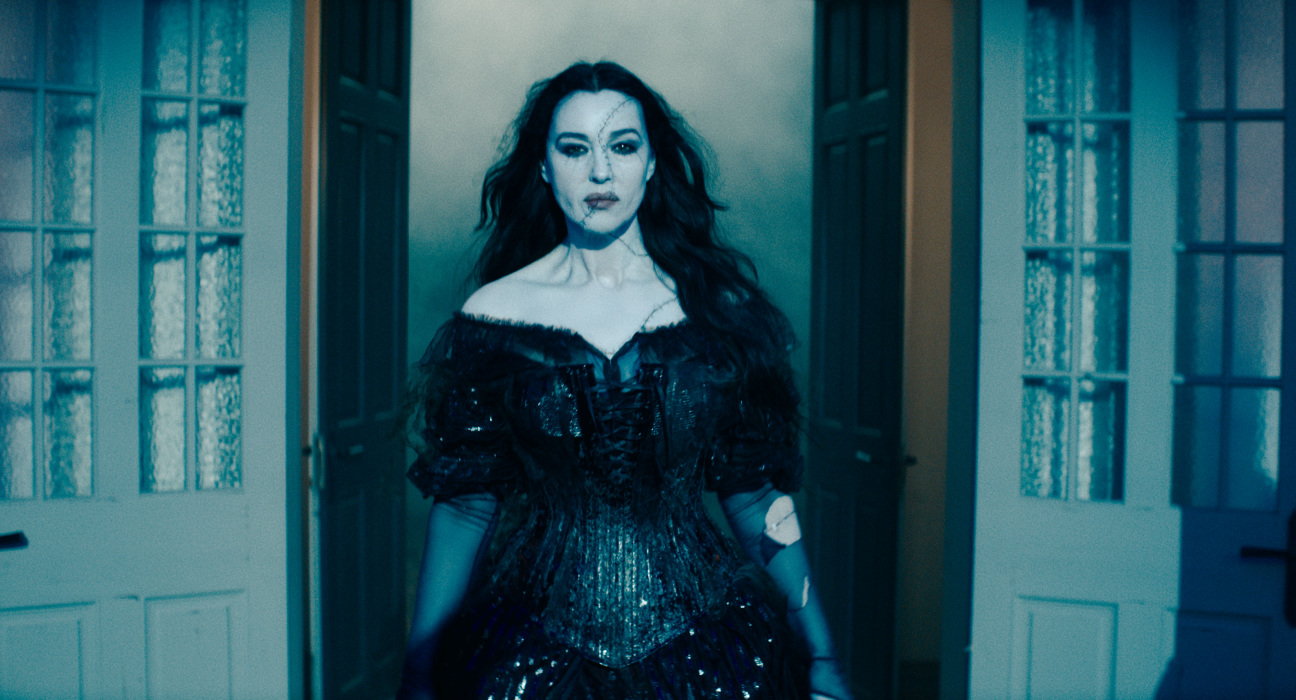
CULTURED: Other than the original film, what was on the mood board for this project?
Atwood: I don’t really use mood boards. It’s broader than that for me, from weird masks to piles of fabrics pinned on boards! For inspiration, I’m always searching—from photography to people in the street, just art in all ways. I have a lot of books, both art and fashion, which continue to inspire me.
CULTURED: Do you have a personal favorite look in the film? What sets it apart for you?
Atwood: In this new version of the film, Beetlejuice Beetlejuice, the use of modernity tied into the timelessness of the underworld shows a passing of time that helps set up the story. I think the layers of people in the underworld, from the receptionist to the soul train dancers who form a backdrop to principals, along with Monica [Bellucci]’s black dress, are my favorites.

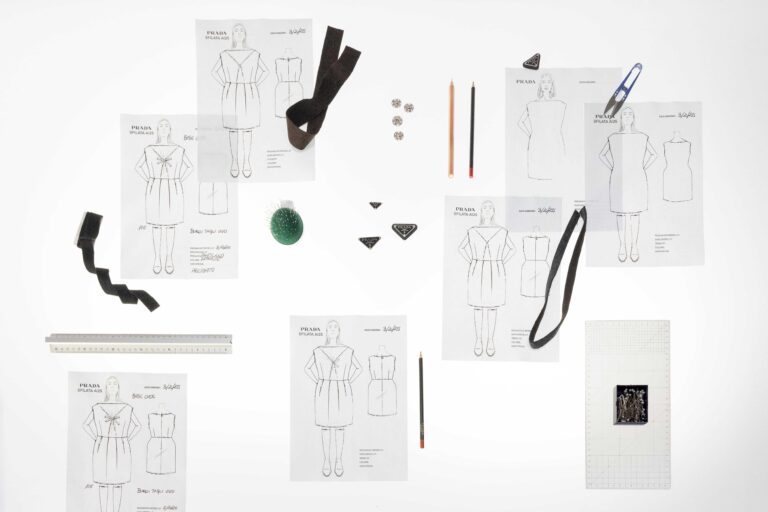

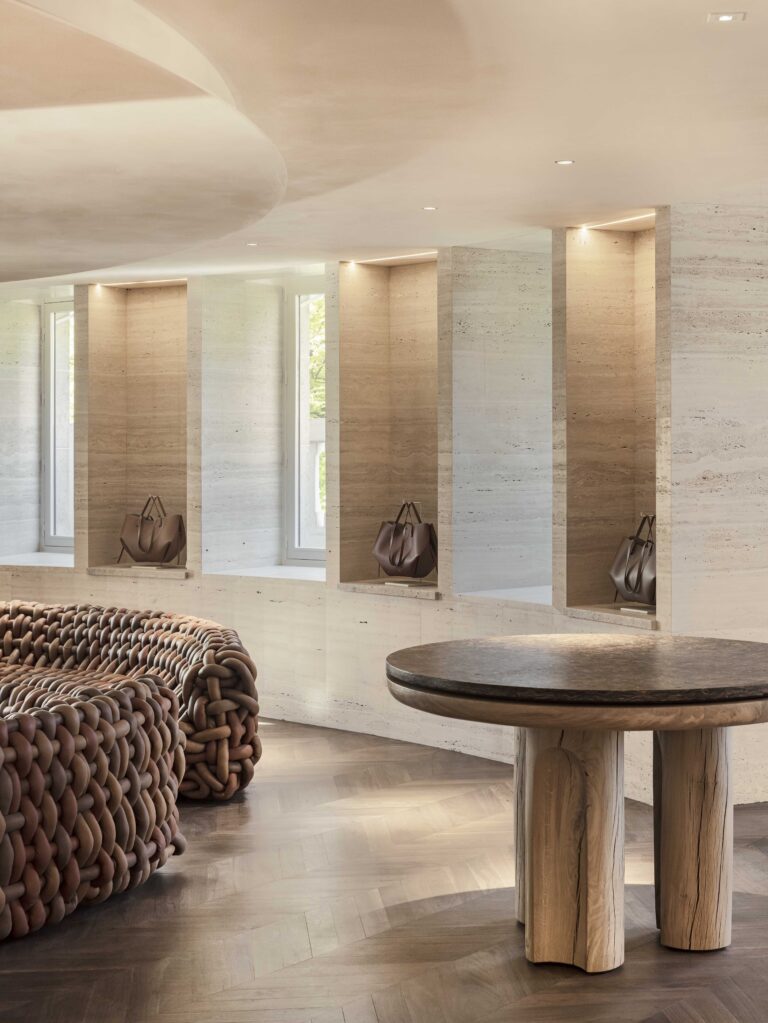
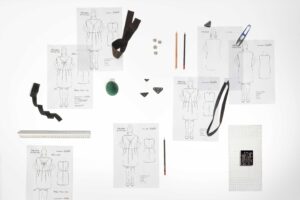





 in your life?
in your life?

